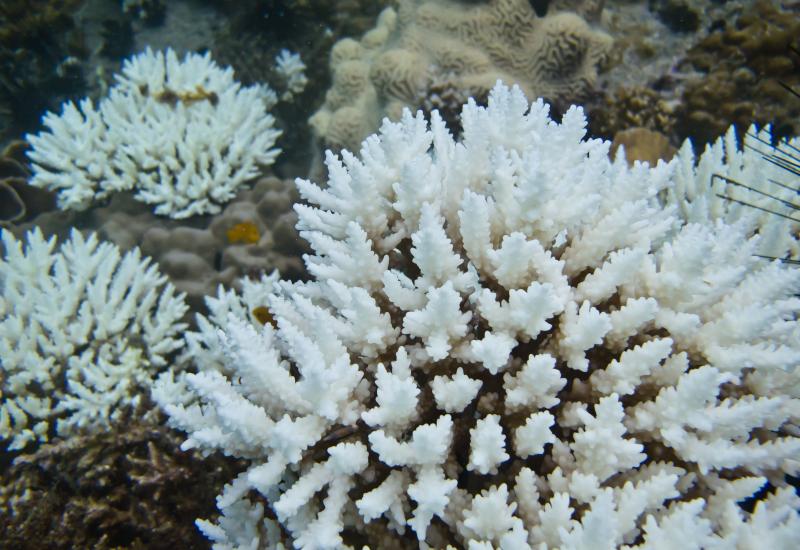Forever Pristine: New Zealand Approves Marine Reserves
New Zealand’s parliament has approved the creation of three new marine reserves, offering protection for land and sea in the remote Antipodes, Bounty and Campbell islands.
The Subantarctic Islands Marine Reserves covers an area of more than 1,500 square miles, expanding New Zealand’s protected waters from about 7 percent to nearly 10 percent of its ocean territory.
“The significance of these three new reserves is their huge size, near-pristine state and remoteness,” New Zealand conservation minister Dr. Nick Smith said in a statement. “The marine- reserve status means there can be no fishing, no mining and no petroleum exploration within the protected areas.”
The islands are an important breeding site for southern right whales and New Zealand fur seals and sea lions. The islands also are where a tenth of the world’s seabirds breed, including the southern royal albatross. According to UNESCO, the region is especially significant because of the large number and diversity of pelagic seabirds and penguins that nest there — more than 100 bird species in all, including five types of seabirds that breed nowhere else in the world.
While environmentalists applauded the move, World Wildlife Fund–New Zealand points out that 1,679 square miles of protection is a relative drop in New Zealand’s southern oceans.
“We are delighted that the government has set up marine reserves around the Subantarctic Islands, because this kind of protection is vital if we are to be effective stewards of our oceans and the animals that live there,” WWF–NZ head of campaigns Peter Hardstaf said in a statement. “However, while new reserves are welcome, what New Zealand needs most of all is a comprehensive plan for looking after our marine environment. We all need to be clear on where we want protection, where we can fish, and what other type of activities will be allowed. Let’s do it once, and let’s do it right. Our oceans deserve it.”
Want more about New Zealand? Check out the Ripping Drift Dives and Wrecks that you can experience!

Tui De Roy / Minden PicturesErect-crested penguins overlook the enormous Orde-Lees Rookery on Antipodes Island.

Tui De Roy / Minden PicturesA sea lion cow bonds with a pup in New Zealand's Subantarctic Islands, found to the south and east of the mainland.
New Zealand’s parliament has approved the creation of three new marine reserves, offering protection for land and sea in the remote Antipodes, Bounty and Campbell islands.
The Subantarctic Islands Marine Reserves covers an area of more than 1,500 square miles, expanding New Zealand’s protected waters from about 7 percent to nearly 10 percent of its ocean territory.
“The significance of these three new reserves is their huge size, near-pristine state and remoteness,” New Zealand conservation minister Dr. Nick Smith said in a statement. “The marine- reserve status means there can be no fishing, no mining and no petroleum exploration within the protected areas.”
The islands are an important breeding site for southern right whales and New Zealand fur seals and sea lions. The islands also are where a tenth of the world’s seabirds breed, including the southern royal albatross. According to UNESCO, the region is especially significant because of the large number and diversity of pelagic seabirds and penguins that nest there — more than 100 bird species in all, including five types of seabirds that breed nowhere else in the world.
While environmentalists applauded the move, World Wildlife Fund–New Zealand points out that 1,679 square miles of protection is a relative drop in New Zealand’s southern oceans.
“We are delighted that the government has set up marine reserves around the Subantarctic Islands, because this kind of protection is vital if we are to be effective stewards of our oceans and the animals that live there,” WWF–NZ head of campaigns Peter Hardstaf said in a statement. “However, while new reserves are welcome, what New Zealand needs most of all is a comprehensive plan for looking after our marine environment. We all need to be clear on where we want protection, where we can fish, and what other type of activities will be allowed. Let’s do it once, and let’s do it right. Our oceans deserve it.”
Want more about New Zealand? Check out the Ripping Drift Dives and Wrecks that you can experience!










